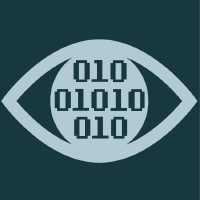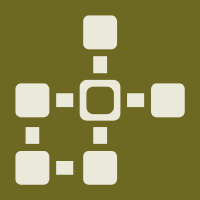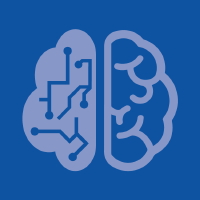Topic Menu
► Topic MenuTopic Editors



Recent Trends in Image Processing and Pattern Recognition
Topic Information
Dear Colleagues,
The 5th International Conference on Recent Trends in Image Processing and Pattern Recognition (RTIP2R) aims to attract current and/or advanced research on image processing, pattern recognition, computer vision, and machine learning. The RTIP2R will take place at the Texas A&M University—Kingsville, Texas (USA), on November 22–23, 2022, in collaboration with the 2AI Research Lab—Computer Science, University of South Dakota (USA).
Authors of selected papers from the conference will be invited to submit extended versions of their original papers and contributions under the conference topics (new papers that are closely related to the conference themes are also welcome).
We, however, are not limited to RIP2R 2022 to increase the number of submissions.
Topics of interest include, but are not limited to, the following:
- Signal and image processing.
- Computer vision and pattern recognition: object detection and/or recognition (shape, color, and texture analysis) as well as pattern recognition (statistical, structural, and syntactic methods).
- Machine learning: algorithms, clustering and classification, model selection (machine learning), feature engineering, and deep learning.
- Data analytics: data mining tools and high-performance computing in big data.
- Federated learning: applications and challenges.
- Pattern recognition and machine learning for the Internet of things (IoT).
- Information retrieval: content-based image retrieval and indexing, as well as text analytics.
- Applications (not limited to):
- Document image analysis and understanding.
- Forensics.
- Biometrics: face matching, iris recognition/verification, footprint verification, and audio/speech analysis as well as understanding.
- Healthcare informatics and (bio)medical imaging as well as engineering.
- Big data (from document understanding and healthcare to risk management).
- Cryptanalysis (cryptology and cryptography).
Prof. Dr. KC Santosh
Dr. Ayush Goyal
Dr. Djamila Aouada
Dr. Aaisha Makkar
Dr. Yao-Yi Chiang
Dr. Satish Kumar Singh
Prof. Dr. Alejandro Rodríguez-González
Topic Editors
Participating Journals
| Journal Name | Impact Factor | CiteScore | Launched Year | First Decision (median) | APC |
|---|---|---|---|---|---|

Entropy
|
2.1 | 4.9 | 1999 | 22.4 Days | CHF 2600 |

Applied Sciences
|
2.5 | 5.3 | 2011 | 17.8 Days | CHF 2400 |

Healthcare
|
2.4 | 3.5 | 2013 | 20.5 Days | CHF 2700 |

Journal of Imaging
|
2.7 | 5.9 | 2015 | 20.9 Days | CHF 1800 |

Computers
|
2.6 | 5.4 | 2012 | 17.2 Days | CHF 1800 |

Big Data and Cognitive Computing
|
3.7 | 7.1 | 2017 | 18 Days | CHF 1800 |

AI
|
3.1 | 7.2 | 2020 | 17.6 Days | CHF 1600 |

MDPI Topics is cooperating with Preprints.org and has built a direct connection between MDPI journals and Preprints.org. Authors are encouraged to enjoy the benefits by posting a preprint at Preprints.org prior to publication:
- Immediately share your ideas ahead of publication and establish your research priority;
- Protect your idea from being stolen with this time-stamped preprint article;
- Enhance the exposure and impact of your research;
- Receive feedback from your peers in advance;
- Have it indexed in Web of Science (Preprint Citation Index), Google Scholar, Crossref, SHARE, PrePubMed, Scilit and Europe PMC.



